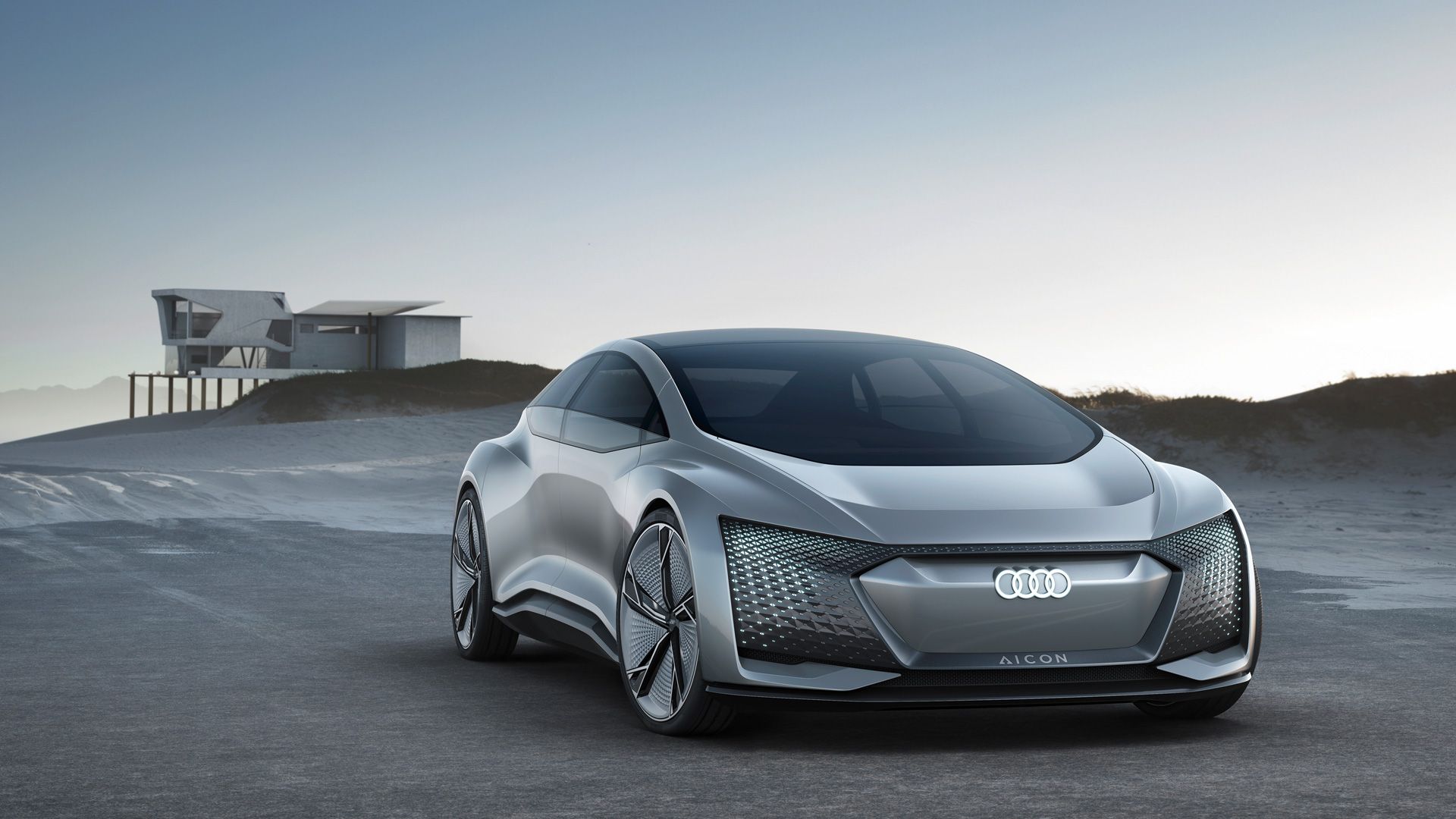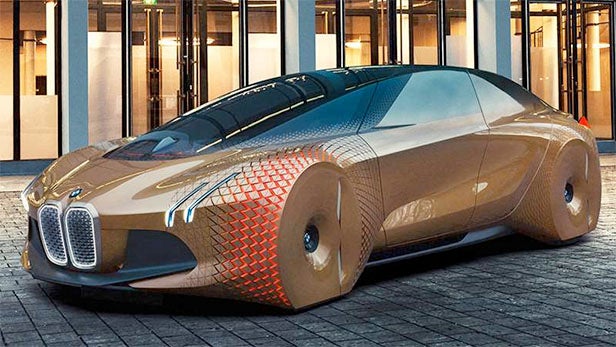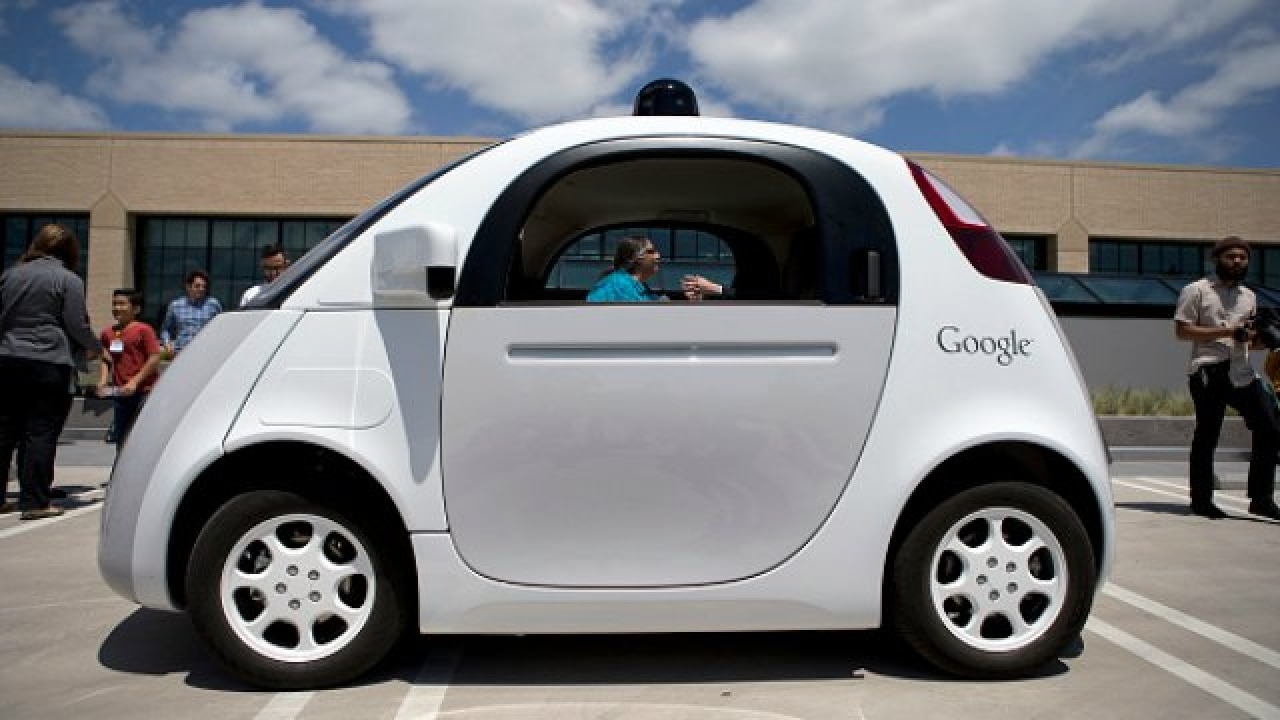Self-driving cars are the future of transportation. They will reduce the time spent traveling to work, or running errands by orders of magnitude. The technology is already here and many automakers have introduced their self-driving cars in recent years. Let’s take a look at our top 5 picks for Self Driving Cars in 2022. Read More
Audi AI-Based Self-Driving Car

Audi, one of the world’s leading luxury car manufacturers, is working on a self-driving car that will be fully autonomous. The car will be equipped with an AI system that will allow it to analyze data from other self-driving cars and infrastructure, such as traffic lights, street signs and other vehicles on the road. Audi aims to have their first fully autonomous car on the market by 2022.
Audi has introduced a new self-driving concept car at the Consumer Electronics Show in Las Vegas. The car is equipped with dozens of cameras to give the AI system information about the surrounding environment. Audi’s AI system will be able to identify pedestrians, traffic lights, and nearby objects. This system could allow future Audi cars to automatically change lanes. Audi’s latest concept car also has sensors that can detect if a cyclist is in the road.
This can allow the car to warn the cyclist and automatically change lanes to avoid a collision. Audi will be launching their first production-ready self-driving car in 2020. The company aims to be at the forefront of the self-driving car market, and is working to create a fully autonomous vehicle that is safe, efficient and easy to use. They are also launching an AI-based navigation system that will be used in all of their future cars. Audi’s system will be able to see the world in a whole new way.
AI will allow the car to drive itself without any human intervention. It could even read your tweets and send you a response on your dashboard. Audi’s self-driving car could even help elderly people get around their communities, allowing them to be hands-free when they need assistance. Audi also has a partnership with Didi, a Chinese ride-sharing company, to launch automated ride-sharing services. This could allow passengers to select their destination, and have their ride automatically drive them there.
BMW AI Networked Self-Driving Car

BMW is working on an AI-based self-driving car that will be fully autonomous. The car will use self-learning AI technology to analyze the data that is collected while it’s on the road. BMW says this will make the car more efficient and reduce the chance of driver error. The car will be connected to the internet to share data with other cars and infrastructure. BMW aims to have their first AI-powered car on the market by 2021.
BMW’s self-driving cars use a variety of sensors to gather information about the environment around the car. These sensors include a radars, sonar, cameras, and lidar. The AI system will receive data from these sensors and analyze it to create a 3D mapping of the surrounding area. The AI system will also be connected to the car’s navigation system. This will allow the car to receive navigation information, such as street names, POI, and directions while on the road.
In the future, the AI system will be able to read your tweets and reply to you. BMW also has a partnership with Didi, a Chinese ride-sharing company, to launch automated ride-sharing services. This could allow passengers to select their destination, and have their ride automatically drive them there. BMW’s self-driving car could even help elderly people get around their communities, allowing them to be hands-free when they need assistance.
Lexus Self-Driving Car

Lexus wants to create a self-driving car that will be fully autonomous. Current Lexus models are already equipped with several advanced safety features that make the car ideal for self-driving. These include active safety technology like automatic braking, traction control, and a pre-collision system. Lexus’ self-driving car will be powered by Artificial Intelligence (AI).
AI will allow the car to learn more and better understand the world around it. The car will be fully autonomous, meaning it will be free to do whatever you want while you’re in the car. This could include reading tweets, listening to music, and watching movies. Lexus also has a partnership with Didi, a Chinese ride-sharing company, to launch automated ride-sharing services. This could allow passengers to select their destination, and have their ride automatically drive them there.
Tesla’s Self Driving Car

Tesla is working on a self-driving car that will be fully autonomous. The company is using AI to power the self-mode feature, meaning it will learn from real-world experience. This means that the car will improve as more people use it, just like humans do. This feature will be able to automatically detect and avoid objects in the road, such as pedestrians, bicyclists, and other vehicles.
The self-driving feature will be able to read road signs and traffic lights, allowing it to drive autonomously. This feature will also be able to detect if it needs to make a controlled stop, such as at a stop sign. The Tesla car will be able to navigate public transportation, such as subways, buses, and road trains. Tesla’s self-driving car could also be used to deliver goods and groceries.
Google’s Self Driving Car

Google is working on a self-driving car that will be fully autonomous. The company has been testing their cars for years in California, Nevada, and Texas. In 2018, Google announced that their cars had driven over 2.5 million miles autonomously on public roads. Google’s car will be powered by AI, meaning it will learn from real-world experience. AI will allow the car to make decisions and navigate autonomously, such as detecting and avoiding objects in the road. The car will also be able to read road signs and traffic lights, allowing it to drive autonomously. Google’s self-driving car could also be used for ride-sharing.
Conclusion
As we can see, the self-driving car is becoming a reality, and many car manufacturers are working on the technology. In 2022, we could see different types of self-driving cars, and they could be in our streets. The cars could be AI-based, connected, have robotic assistants, or be fully autonomous. The cars could also have different levels of autonomy, such as partial autonomy, where the car drives on highways, but needs a driver to take over on city streets.





